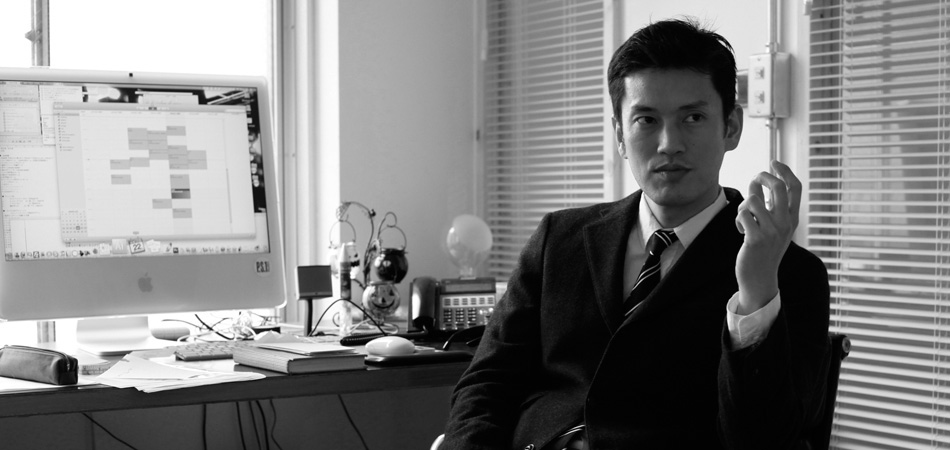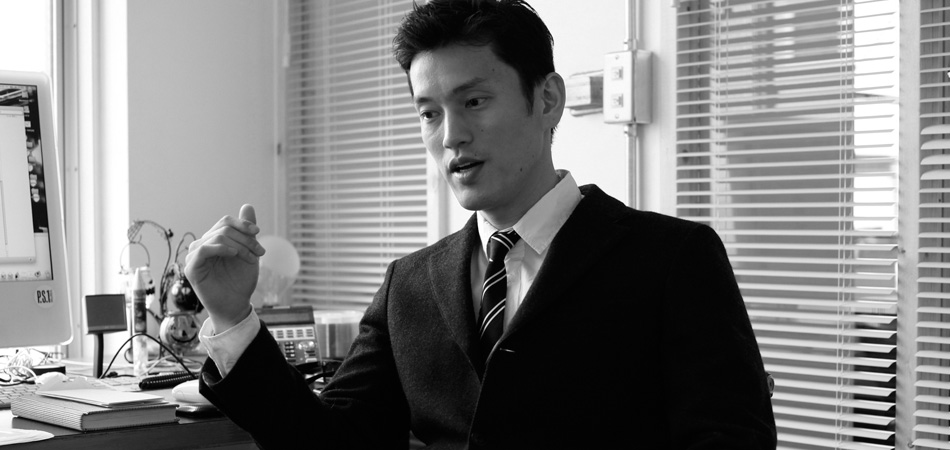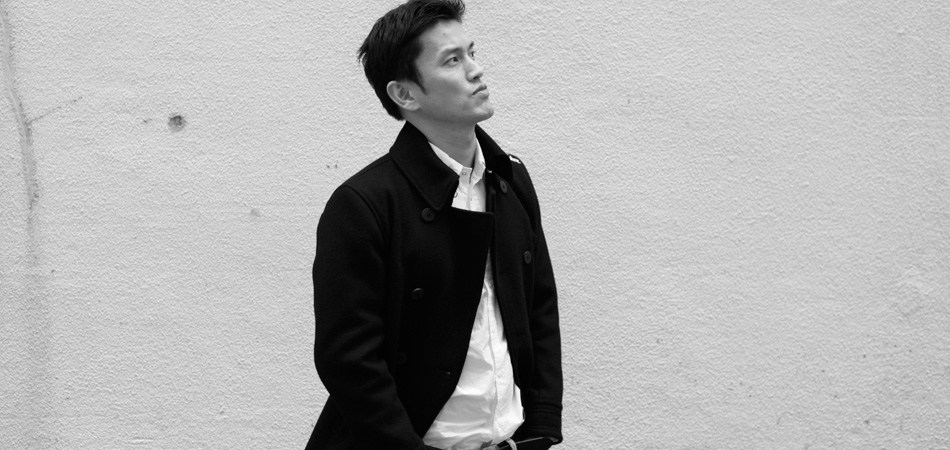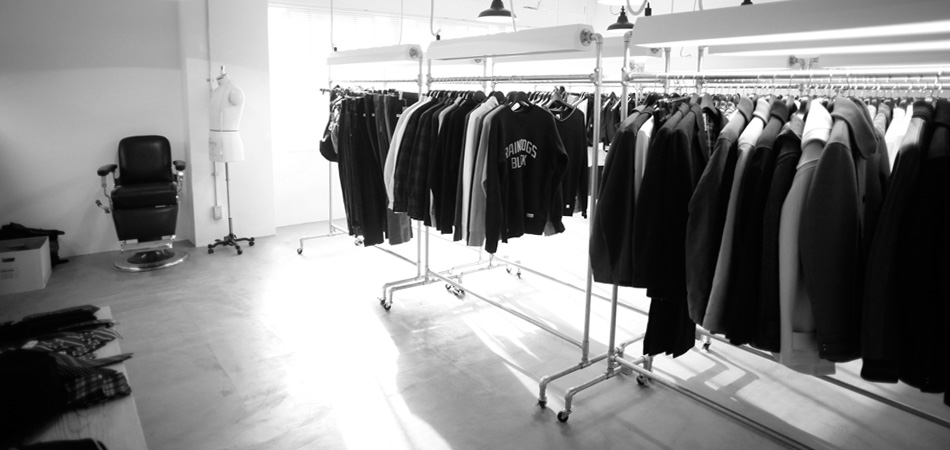Masafumi Watanabe: The Gentleman’s Way
In the last few seasons, Japanese brand Bedwin has exploded in popularity. Brand founder Masafumi Watanabe chats with us about his personal influences, travels, and Bedwin’s great success.

In the last few seasons, Japanese brand Bedwin has exploded in popularity. For brand founder Masafumi Watanabe, otherwise known as Bebe, the success of his label was far from surprising as it ushered in collection after collection of high-quality and timeless designs. Having had a hand in the founding of cult Japanese brand Tenderloin, the experiences allowed him to ensure the proper approach and quality was transmitted seamlessly into Bedwin. Speaking with Bebe, we derive a good understanding of how he credits much of his personal success with his travels around the globe as it proves to be an influential factor throughout his work.
Interview: JP
Photography: Ivan Hugo

Interview with Masafumi Watanabe
Bebe, Could you introduce yourself to our readers who aren’t familiar with you yet.
I make clothes for a living and my main brand is Bedwin.
Bedwin has been around for approximately 6 years and has become well-established amongst the pinnacle brands of Japanese fashion. What does that mean to you?
I feel very lucky to be in my current situation. I have a deep appreciation for all the people who support the brand and have made Bedwin’s development and growth possible over the last few years.
Since we last spoke in September of 2008, Bedwin has been receiving a lot of positive feedback from buyers and personalities around the globe. What is from your point of view regarding the impact of Bedwin on an international scale?
I’ve always taken the viewpoint of the consumer. The reason being is that is my vantage point and that is what I am with roots as a consumer. One of the things I enjoy the most is traveling around the world and, part of that, is shopping in each country I travel in. It’s great to get positive feedback, especially outside your own country.
You’re coming from a generation of Japanese designers who are very open-minded about doing business overseas without so much about making mistakes and mis-calculations. Is the international market such as the United States and Europe a major target for Bedwin or is any success there just considered an added bonus?
I really appreciate the fact that people around the world enjoy and wear what we create. But the bottom line is that I don’t choose the people who wear Bedwin, it’s the people that decide what they want to wear. I’ve never been afraid of making mistakes. Working overseas you just need to find good business partners to help you grow and maintain the business. Luckily a lot of our partners are good friends of ours from over the years. So I suppose, it feels a bit like a bonus.
You spent the last decade traveling in and out Japan, meeting artists and key people all around. Would you say traveling is the greatest aspect of your job?
I work for the opportunity to travel. Therefore I travel for my work.

How would you describe Tokyo compared to other cities such as NYC, London or Paris ?
I would say, kind of similar, but in other ways, so different. It depends on what you look at since so many cultural elements are inevitably different.
From an outsider perspective, it seems that you belong to a very dynamic generation of artists doing great things in Tokyo right now. Is it important for you to be working within a group of similar minded artists and creators?
Regarding fashion and art in Tokyo, there’s always been a dynamic scene in each different era. I suppose I just exist in one of those “scenes”. But it’s important to work with a group of like-minded people because they encourage you to do your own thing. And in-turn, this helps you focus on how important it is to be different from others.
Without a doubt, the Ura-Hara movement (involving the likes of WTAPS, NBHD, BAPE and UNDERCOVER) has an influential impact on the Japanese fashion scene. Do you think the possibility of a new large-scale movement like that can occur or are we in the midst of one right now?
I think movements like the “Ura-Hara” one were a reflection of something special going on in Tokyo, producing an interesting kind of alchemy. I don’t think we’re in the midst of any movement now but it would be great to be part of something bigger than your own brand, some kind of movement in the fashion or another scene, whether it’s Tokyo-based or globally.
Having founded Tenderloin, what differences and similarities did you see when you began Bedwin? Ultimately did your past lead to an easier experience or do both brands represent something very different?
The one thing I can say is that its never easy to create a brand. I learned that through not only Tenderloin but Deluxe and Bedwin as well. I’m no longer involved in Tenderloin but having been involved in establishing these three brands, I can clearly see there are different concepts at work and different concepts being applied to each. I believe each needs a defined and unique concept, a reason to exist. There are similarities between the labels but I think these are more superficial. The interesting elements in brands like these are in the details, the differences between each. As for experiences, like anyone, I learn and grow from my experiences. My experiences have taught me a lot over the years which have made things a little easier.. only a little though!

We’ve seen New York City be the focus of Bedwin’s campaigns on a few occasions, what is it about New York you really like and appreciate?
New Yorkers have a great sense of style and energy to their street fashion. I think New York is the easiest place find all the different variants of street fashion. That’s what I appreciate about the city. I love traveling there to check out what people are wearing on the streets. I love bringing the ideas I have and offering them up in the cities I travel to. One thing I appreciate is seeing how those ideas translate in different cultures and contexts.
From our understanding, you spent a part of your life in London. How does this come about and what effect does it have on your current work and inspirations?
To put it simply, my experiences in London gave me a certain and particular meaning to my life. From living in London, I started to realize that it was important to experience different cultures and styles and share them with others. I suppose you could say that’s my main purpose in life. London gave that to me and for me it’s the most international city in the world.
What are some of your personal favorite brands, both in and outside of fashion?
To be honest, the thing I’m most interested is nationality and culture. I want to know where something is from, who the people are behind it and what kind of culture they were brought up in.
Last year we saw your participation in the BLACK SENSE MARKET… how did this opportunity come about and what was the inspiration behind your design?
That’s a collaboration we did with a Japanese magazine called SENSE. The chief editor of SENSE is an old friend of mine, Satoshi Moriya. He likes to wear black clothes and asked me to be part of the project. Obviously I took him up on the offer and made several pieces for him. He’s a great guy.
On a retail level, are you interested in opening your own BEDWIN flagship store?
For sure, I would love to open a store one day. But on that note, there has to be a good reason for doing so.
Anything you would like to add or say to our readers?
Thank you for your support. I love making clothes for you!
